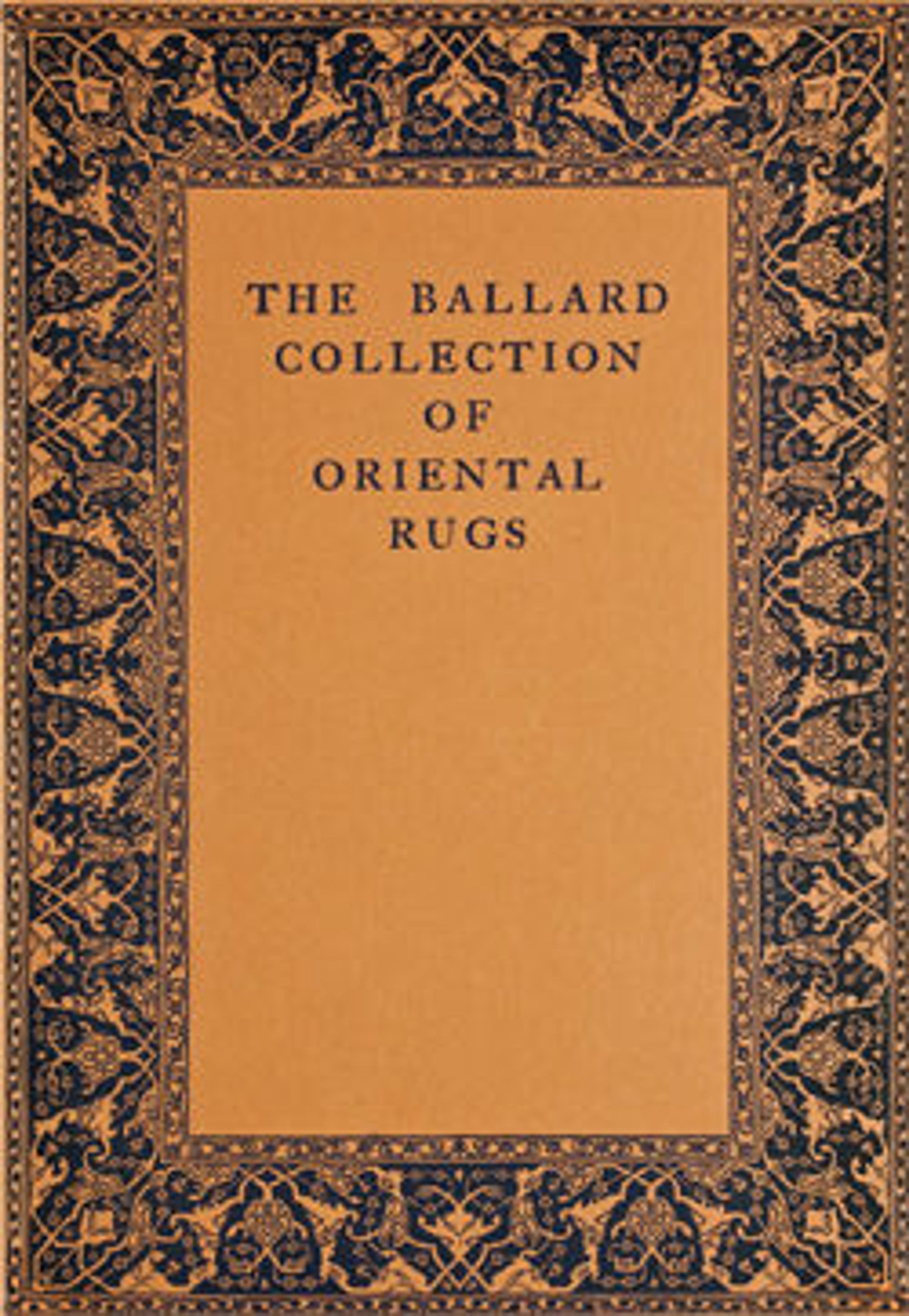Carpet
Carpets woven in the former silk road settlements of Kashgar, Yarkand, and Khotan, situated at the western end of the Taklamakan Desert, display a mixture of patterns and styles. Chinese influence can be seen in the palette–with emphasis on deep red, blue, and yellow–and in some patterns, particularly those of the borders. Field patterns typically draw from Iranian or Central Asian Turkic or even Mughal Indian traditions. The knot type is the asymmetrical knot favored in Iran. This rug bears one of the more popular patterns found in these carpets, the vase and pomegranate design, here arranged in four units repeated to fill the large field.
Artwork Details
- Title: Carpet
- Date: late 18th–early 19th century
- Geography: Attributed to present-day China, Kashgar
- Medium: Cotton (warp and weft) silk (pile); asymmetrically knotted pile
- Dimensions: H. 174 in. (442 cm)
W. 83 in. (210.8 cm) - Classification: Textiles-Rugs
- Credit Line: The James F. Ballard Collection, Gift of James F. Ballard, 1922
- Object Number: 22.100.28
- Curatorial Department: Islamic Art
More Artwork
Research Resources
The Met provides unparalleled resources for research and welcomes an international community of students and scholars. The Met's Open Access API is where creators and researchers can connect to the The Met collection. Open Access data and public domain images are available for unrestricted commercial and noncommercial use without permission or fee.
To request images under copyright and other restrictions, please use this Image Request form.
Feedback
We continue to research and examine historical and cultural context for objects in The Met collection. If you have comments or questions about this object record, please contact us using the form below. The Museum looks forward to receiving your comments.
